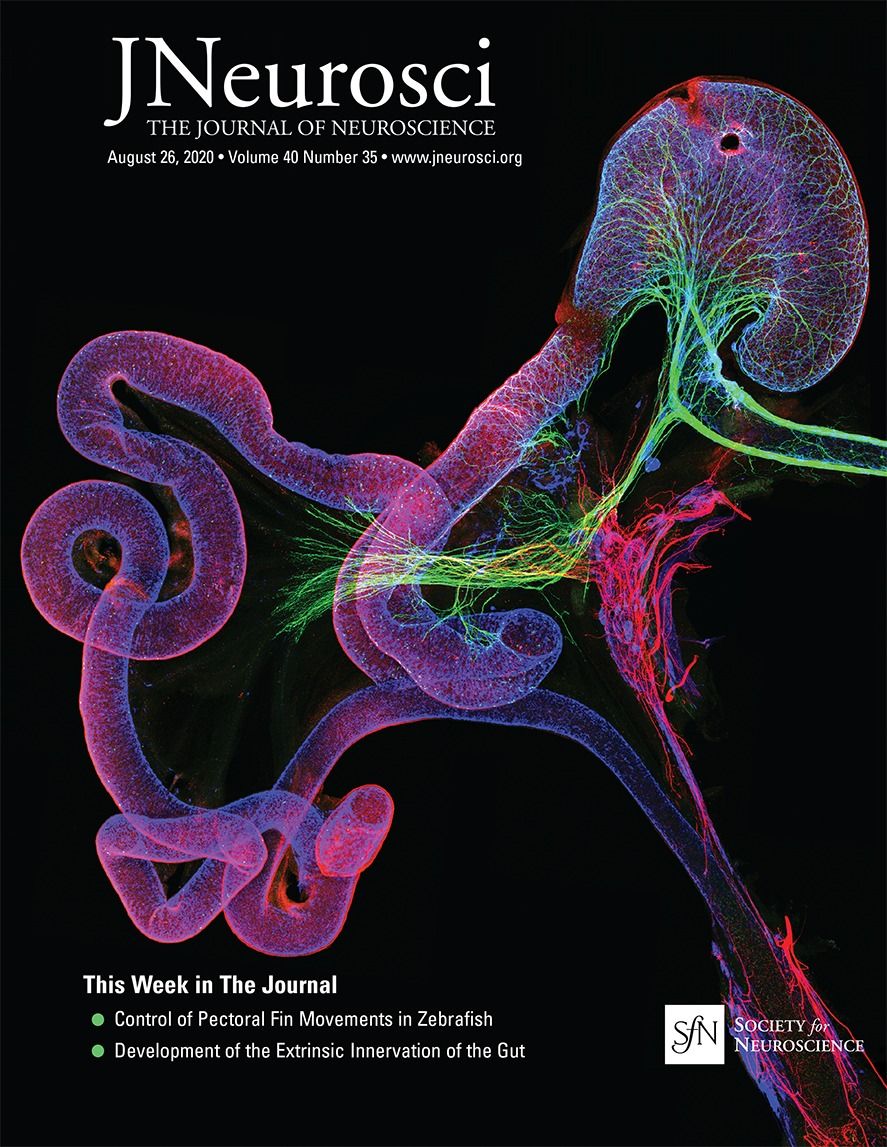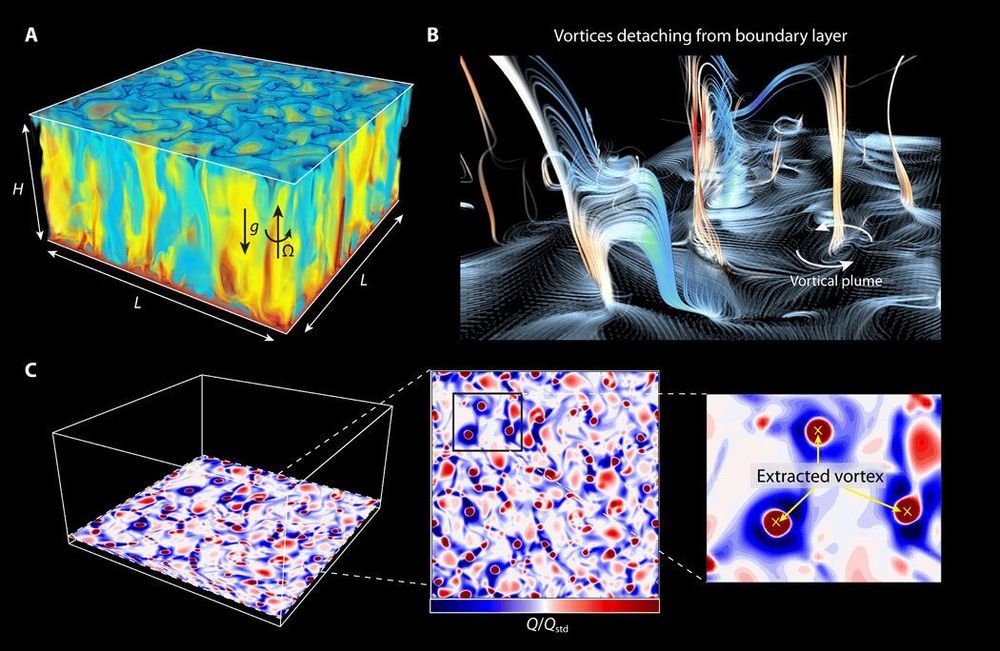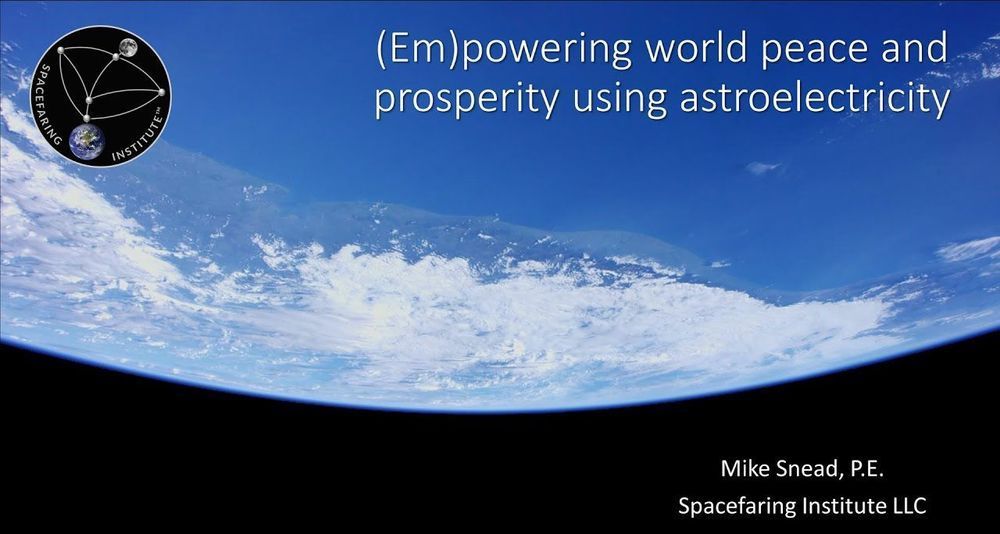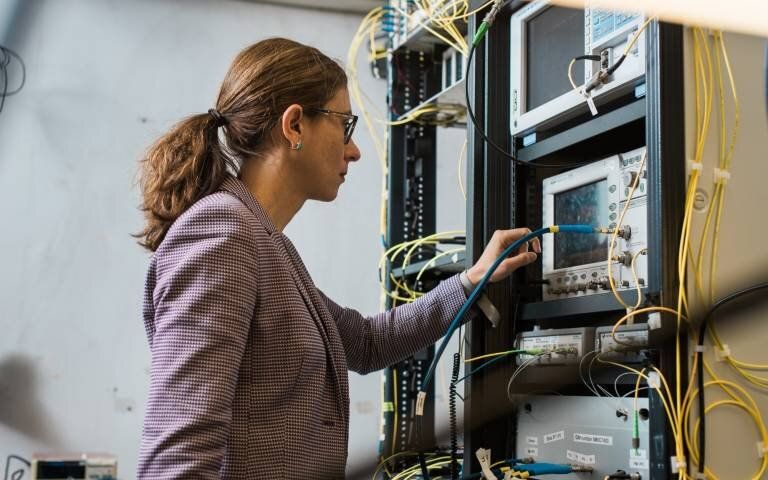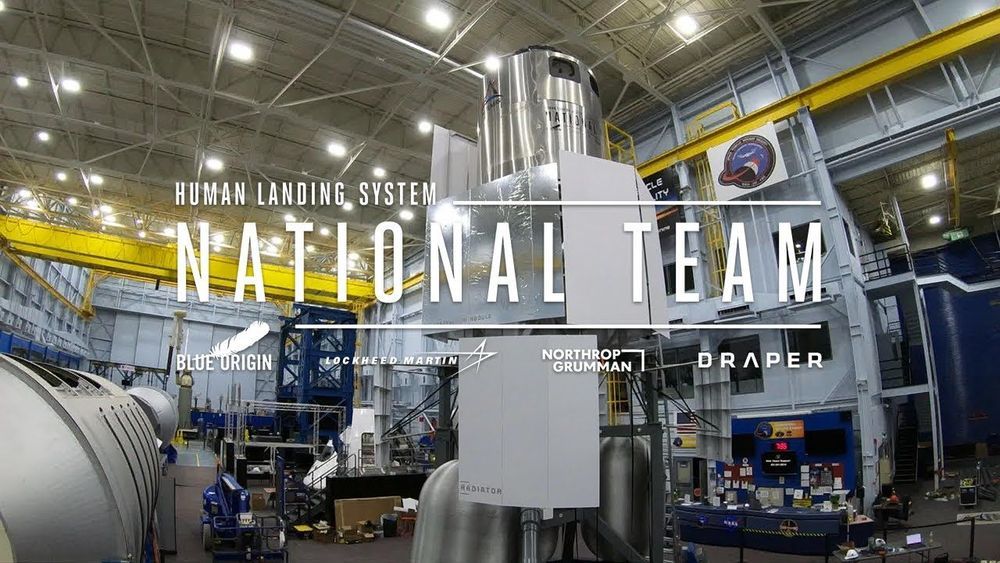Sep 3, 2020
Forbes 30 under 30 Asia Innovators 2020 from Pakistan Create PakVitae for the World
Posted by Ira S. Pastor in categories: biotech/medical, engineering, food
Rabia Nusrat, an environmental engineering student, Global UGRAD alumni, in her final year at University of Engineering and Technology, UET, Lahore, Pakistan and the first ideaXme public interviewer, interviews Shayan Sohail Sarwar, Forbes 30 Under 30 Asia Innovator and Chief Technology Officer PakVitae.
PakVitae:

